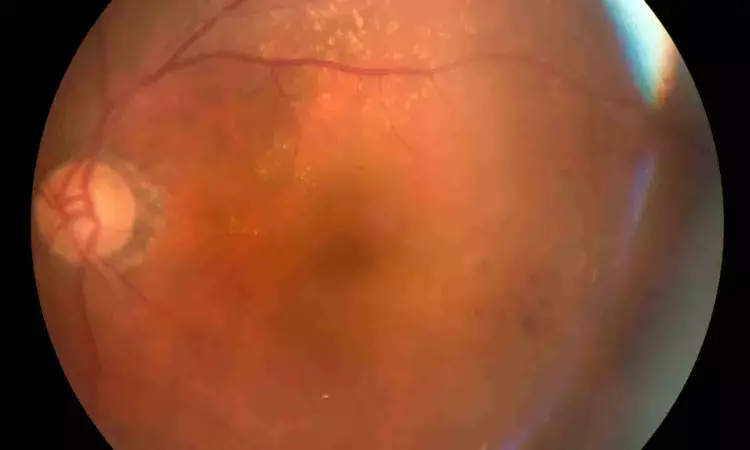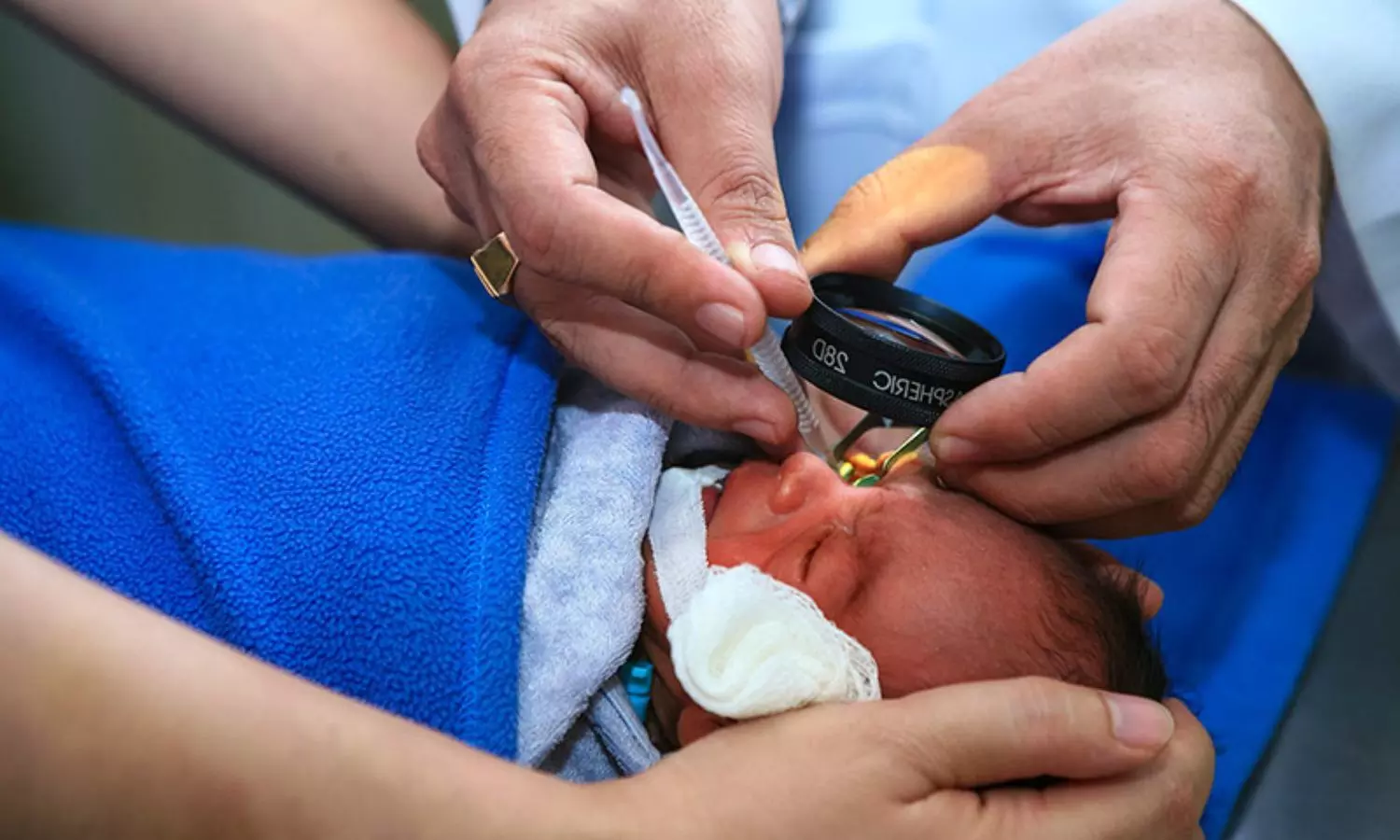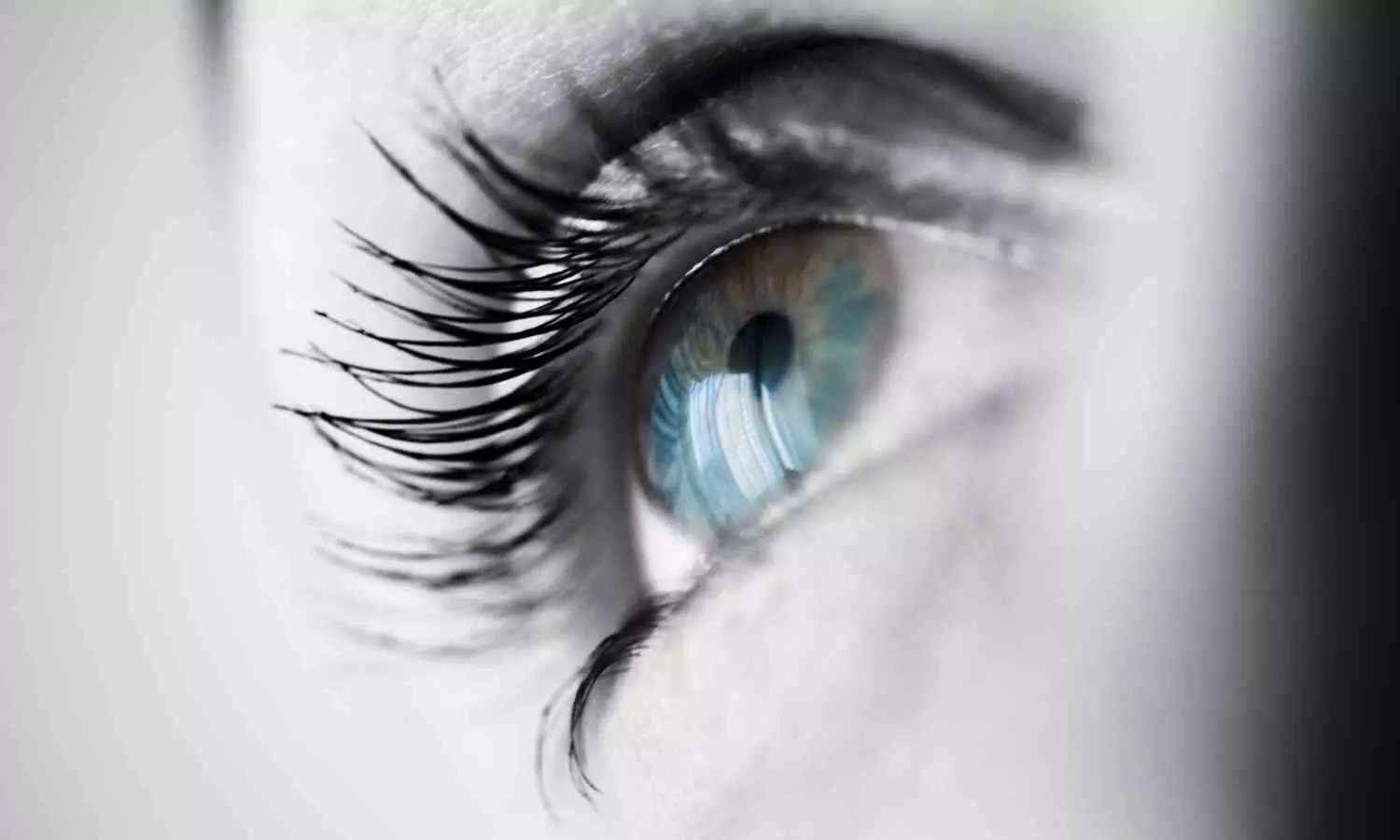- Home
- Medical news & Guidelines
- Anesthesiology
- Cardiology and CTVS
- Critical Care
- Dentistry
- Dermatology
- Diabetes and Endocrinology
- ENT
- Gastroenterology
- Medicine
- Nephrology
- Neurology
- Obstretics-Gynaecology
- Oncology
- Ophthalmology
- Orthopaedics
- Pediatrics-Neonatology
- Psychiatry
- Pulmonology
- Radiology
- Surgery
- Urology
- Laboratory Medicine
- Diet
- Nursing
- Paramedical
- Physiotherapy
- Health news
- Fact Check
- Bone Health Fact Check
- Brain Health Fact Check
- Cancer Related Fact Check
- Child Care Fact Check
- Dental and oral health fact check
- Diabetes and metabolic health fact check
- Diet and Nutrition Fact Check
- Eye and ENT Care Fact Check
- Fitness fact check
- Gut health fact check
- Heart health fact check
- Kidney health fact check
- Medical education fact check
- Men's health fact check
- Respiratory fact check
- Skin and hair care fact check
- Vaccine and Immunization fact check
- Women's health fact check
- AYUSH
- State News
- Andaman and Nicobar Islands
- Andhra Pradesh
- Arunachal Pradesh
- Assam
- Bihar
- Chandigarh
- Chattisgarh
- Dadra and Nagar Haveli
- Daman and Diu
- Delhi
- Goa
- Gujarat
- Haryana
- Himachal Pradesh
- Jammu & Kashmir
- Jharkhand
- Karnataka
- Kerala
- Ladakh
- Lakshadweep
- Madhya Pradesh
- Maharashtra
- Manipur
- Meghalaya
- Mizoram
- Nagaland
- Odisha
- Puducherry
- Punjab
- Rajasthan
- Sikkim
- Tamil Nadu
- Telangana
- Tripura
- Uttar Pradesh
- Uttrakhand
- West Bengal
- Medical Education
- Industry
Rare Case of Retinopathy Linked to Hair Dye Aromatic Amines, Study: JAMA

Retinopathy associated with the use of hair dye aromatic amines (RAHDAA) is a rare form of retinopathy that is caused due to the use of hair dye. Recently researchers identified this in three individuals. The case findings were published in the journal JAMA Ophthalmology. A rare form of retinopathy, associated with the use of hair dyes containing aromatic amines (RAHDAA), has recently been reported in three middle-aged women that presented with multiple bilateral serous retinal detachments (SRDs), resembling MEK inhibitor-associated retinopathy, and appears to be linked to the disruption of the mitogen-activated protein kinase (MAPK) pathway. Discontinuation of the hair dye led to resolution of retinopathy within months.
One case was a 61-year-old woman without any significant medical history, developed bilateral blurry vision shortly after using a hair dye containing para-phenylenediamine, an aromatic amine. There was no exposure to corticosteroids, and she had used a commercially available hair dye before the onset of her symptoms. Examination revealed her visual acuity to be 20/40 in the right eye and 20/20 in the left. A fundus examination revealed bilateral multiple SRDs primarily located in the posterior pole. Optical coherence tomography (OCT) imaging confirmed multiple SRDs and showed diffuse thickening of the neurosensory retina. The choroidal thickness through the fovea was measured at 250 μm, with no evidence of pigment epithelium detachment or abnormal choroidal vessels typically seen in central serous chorioretinopathy. Additional tests, such as fluorescein angiography and indocyanine green angiography, showed no abnormal leakage, vasculitis, or choroidal vessel dilation. A comprehensive etiological workup was done for blood tests, chest CT scan, brain MRI, and PET scan, to rule out other conditions such as sarcoidosis, oculocerebral lymphoma, and acute exudative polymorphous vitelliform maculopathy. Based on the temporal association between her symptoms and exposure to hair dye, and consistent OCT findings, a diagnosis of RAHDAA was made.
Findings:
- The patient’s visual acuity improved to 20/20 in about four months after the initial presentation.
- A follow-up fundus examination revealed complete resolution of the SRDs, and OCT imaging revealed subretinal deposits that were hyperautofluorescent, without any residual SRD.
- However, the persistence of the thickening of the neurosensory retina, suggested long-lasting retinal pigment epithelium (RPE) dysfunction.
Thus, the case highlighted that RAHDAA mimics MEK inhibitor-associated retinopathy, where retinal toxicity is thought to result from the inhibition of the fibroblast growth factor receptor (FGFR) and MAPK pathway in RPE cells. Disruption of the MAPK pathway which is vital for the survival and function of RPE cells occurs due to the aromatic amine para-phenylenediamine, present in many hair dyes. This causes RPE dysfunction, leading to the observed retinal abnormalities. There was no scalp lesions observed in this case indicating the possibility of systemic absorption of aromatic amines, potentially explaining the rarity of this condition.
RAHDAA may be underdiagnosed due to its similarity to other retinal conditions such as central serous chorioretinopathy. However, recognizing this pathology is important, as discontinuation of exposure to aromatic amines, particularly para-phenylenediamine, may help prevent further retinal damage. In this case, the absence of recurrence after switching to an aromatic amine-free hair dye further strengthens the association between para-phenylenediamine and RAHDAA.
Even four years after exposure to aromatic amines has stopped, persistent OCT abnormalities, including hyperautofluorescent subretinal deposits, were observed suggesting long-lasting RPE dysfunction due to aromatic amines. These also have the potential for chronic retinal changes. Although functional impact assessments using microperimetry were not available, further research into the long-term effects of this condition is warranted. In conclusion, while RAHDAA is rare, it may be more common than previously thought. Early identification and removal of exposure to aromatic amine-containing hair dyes could help limit persistent damage to the RPE, improving visual outcomes for affected individuals.
Further reading: Chirpaz N, Bricout M, Elbany S, et al. Retinopathy Associated With Hair Dye. JAMA Ophthalmol. Published online September 12, 2024. doi:10.1001/jamaophthalmol.2024.3453
BDS, MDS
Dr.Niharika Harsha B (BDS,MDS) completed her BDS from Govt Dental College, Hyderabad and MDS from Dr.NTR University of health sciences(Now Kaloji Rao University). She has 4 years of private dental practice and worked for 2 years as Consultant Oral Radiologist at a Dental Imaging Centre in Hyderabad. She worked as Research Assistant and scientific writer in the development of Oral Anti cancer screening device with her seniors. She has a deep intriguing wish in writing highly engaging, captivating and informative medical content for a wider audience. She can be contacted at editorial@medicaldialogues.in.
Dr Kamal Kant Kohli-MBBS, DTCD- a chest specialist with more than 30 years of practice and a flair for writing clinical articles, Dr Kamal Kant Kohli joined Medical Dialogues as a Chief Editor of Medical News. Besides writing articles, as an editor, he proofreads and verifies all the medical content published on Medical Dialogues including those coming from journals, studies,medical conferences,guidelines etc. Email: drkohli@medicaldialogues.in. Contact no. 011-43720751




